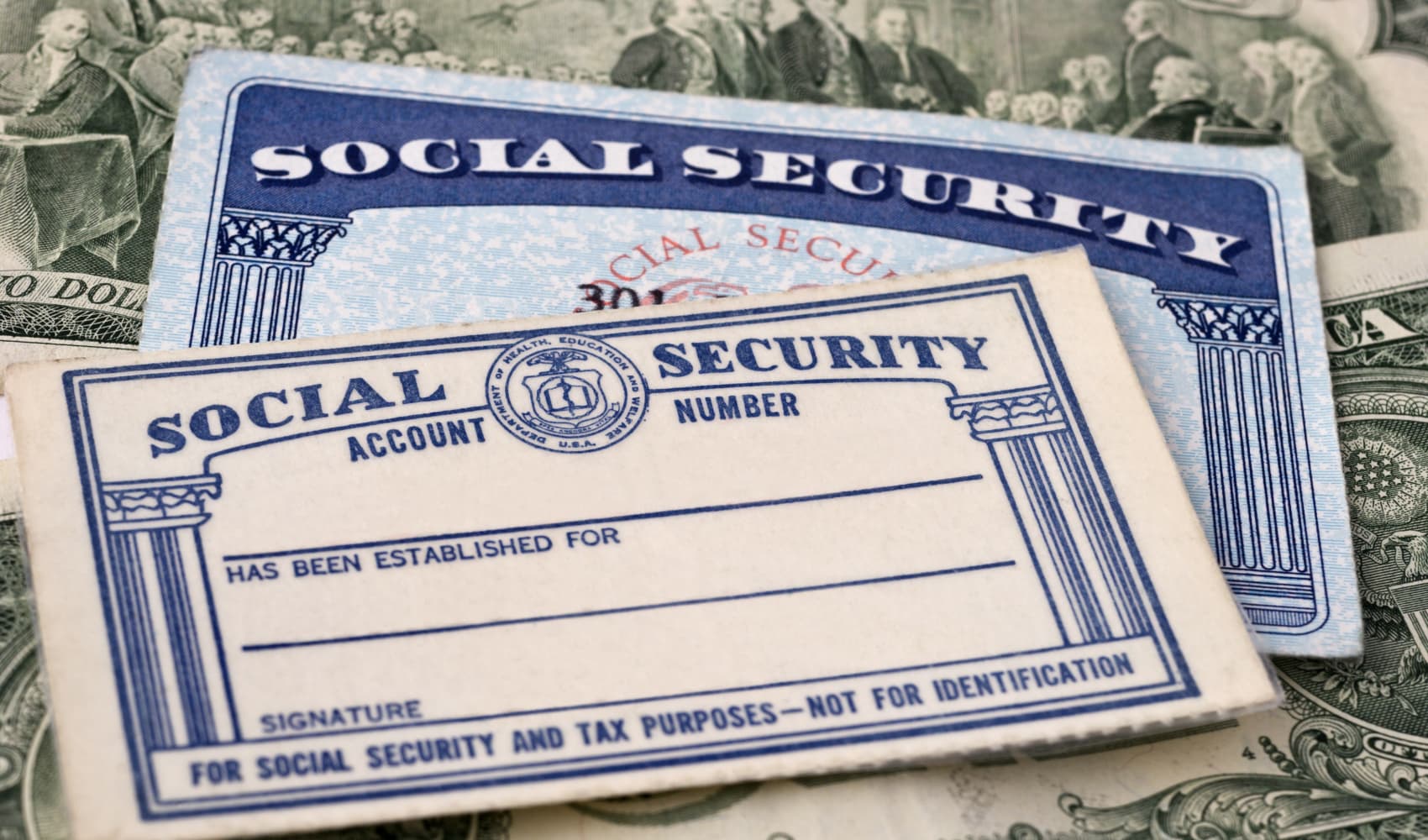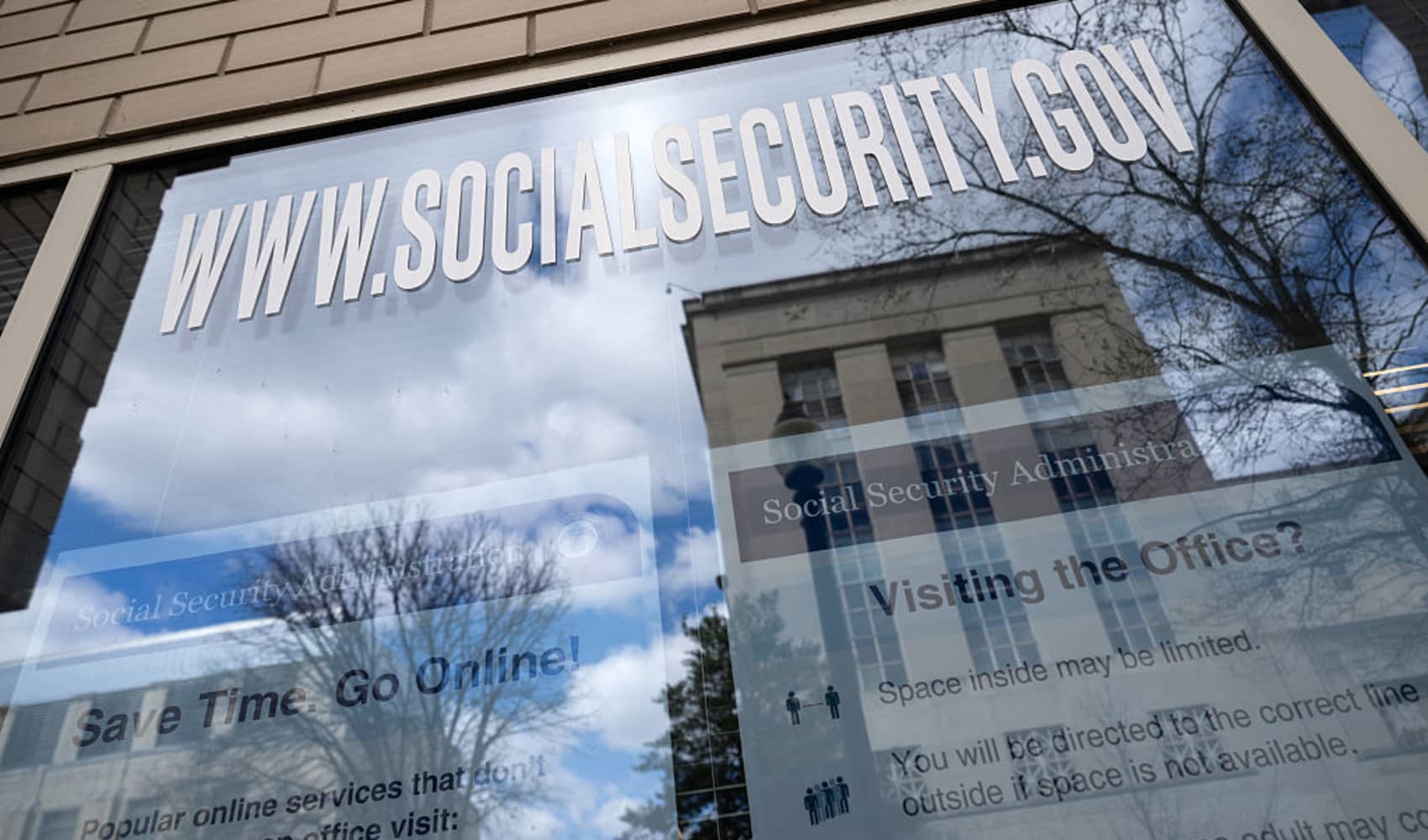Social Security Overpayments: 50% Relief Enough? Experts Warn
Social Security Overpayments: 50% Clawback Relief, But Still 'Devastating'?
Introduction: A Small Victory in a Bigger Struggle?
Navigating the world of Social Security can feel like traversing a bureaucratic labyrinth. Just when you think you've found your way, a new rule or regulation pops up, potentially throwing your financial stability into question. One such recent development involves Social Security overpayments – those instances where beneficiaries receive more money than they were entitled to. And, yes, the Social Security Administration (SSA) wants that money back. The good news? They've softened the blow, at least a little.
The SSA, after initially announcing a 100% withholding rate on new overpayments, has backtracked, implementing a 50% default withholding rate for certain beneficiaries. But is this halved clawback enough to alleviate the financial strain on those affected? Let's dive in and see what this means for you, and why experts are still sounding the alarm.
What are Social Security Overpayments?
Simply put, a Social Security overpayment occurs when you receive more Social Security benefits than you should have. This can happen for a variety of reasons, including:
- Changes in your income or marital status that affect your eligibility.
- Errors made by the Social Security Administration.
- Failure to report changes in your circumstances in a timely manner.
Imagine it like this: you accidentally get an extra pizza delivered to your house. Eventually, the pizza place is going to want that pizza (or the money for it) back. Social Security overpayments are similar – the SSA will notify you of the overpayment and establish a repayment plan.
The Initial Shock: 100% Withholding
Recently, the SSA announced a policy of withholding 100% of overpayments from beneficiaries' monthly checks. This meant that if you were notified of an overpayment, your entire benefit could be temporarily suspended until the debt was repaid. Can you imagine suddenly losing your entire Social Security check? For many, that’s a complete financial catastrophe.
The Backpedal: 50% Withholding - A Partial Reprieve?
Recognizing the potential hardship this 100% clawback could cause, the SSA has adjusted its approach. For new overpayment notices sent on or after April 25th, a 50% default withholding rate will apply to Title II benefits, which include retirement, survivors, and disability insurance. This means that, unless you request otherwise, the SSA will automatically withhold 50% of your monthly benefit check until the overpayment is repaid.
Understanding Title II Benefits
It’s crucial to understand what “Title II benefits” encompass. These are the benefits most people think of when they hear "Social Security." They include:
- Retirement Benefits: Payments to retired workers and their eligible family members.
- Survivors Benefits: Payments to the surviving spouse and children of a deceased worker.
- Disability Insurance Benefits (DIB): Payments to workers who are unable to work due to a disability and their eligible family members.
If you receive one of these types of benefits, the 50% withholding could apply to you if you've been notified of an overpayment.
Why the Change? Pressure and Perspective
Why the shift from 100% to 50%? It's likely due to a combination of factors, including pressure from advocacy groups, concerns raised by lawmakers, and a growing awareness of the devastating impact that a full clawback could have on vulnerable individuals. Sometimes, it takes a crisis to spark change, and perhaps the initial 100% withholding served as a wake-up call.
Is 50% Enough? Experts Remain Concerned
While a 50% withholding rate is undoubtedly better than 100%, many experts still worry about the financial consequences for those affected. Losing half of your benefit income can be financially “devastating,” they say. For many seniors and disabled individuals, Social Security is their primary source of income, and a 50% reduction could make it difficult to afford basic necessities like food, housing, and medication.
The "Devastating" Effects: Real-Life Scenarios
To truly understand the potential impact, let's consider some real-life scenarios:
Scenario 1: Maria, the Widow
Maria is a widow receiving survivors benefits. Her husband passed away after a long illness, leaving her with limited savings. She relies heavily on her Social Security check to cover her rent, utilities, and groceries. A 50% reduction in her benefits could force her to choose between eating and paying her bills.
Scenario 2: David, the Disabled Veteran
David is a disabled veteran who is unable to work due to a service-related injury. His disability benefits are his sole source of income. A 50% withholding could leave him struggling to afford the medical care he needs to manage his condition.
Scenario 3: Sarah, the Retiree on a Fixed Income
Sarah is a retiree living on a fixed income. She carefully budgets her Social Security check to cover her expenses. A sudden 50% reduction could disrupt her financial stability and force her to make difficult choices.
What Can You Do If You Receive an Overpayment Notice?
If you receive a notice of overpayment, don't panic! Here's what you should do:
- Review the Notice Carefully: Make sure you understand why the SSA believes you were overpaid and how much they are seeking to recover.
- Request a Waiver: You have the right to request a waiver of the overpayment if you believe it was not your fault and that repaying the money would cause you undue financial hardship.
- Appeal the Decision: If your waiver request is denied, you can appeal the decision.
- Negotiate a Repayment Plan: If you are unable to obtain a waiver, you can negotiate a repayment plan with the SSA. You may be able to request a lower withholding rate than the default 50%.
- Seek Legal Assistance: If you are struggling to navigate the overpayment process, consider seeking assistance from a qualified attorney or advocate.
The Importance of Prompt Reporting
One of the best ways to prevent overpayments is to report any changes in your circumstances to the SSA promptly. This includes changes in your income, marital status, or living situation. Keep the lines of communication open; it’s better to be proactive than reactive.
Waiver Options: Your Chance to Avoid Repayment
The waiver process is a critical component of dealing with overpayments. If you believe the overpayment wasn't your fault *and* that repaying it would cause significant financial hardship, you should definitely apply for a waiver. The SSA will consider factors like your income, expenses, and overall financial situation when making a decision.
Appealing a Decision: Fight for Your Rights
If your waiver request is denied, don't give up! You have the right to appeal the decision. This gives you another opportunity to present your case and argue why you shouldn't be required to repay the overpayment. Remember, persistence can pay off.
Negotiating a Repayment Plan: Finding a Manageable Solution
If you can't get a waiver, negotiating a repayment plan is the next best option. The SSA is generally willing to work with beneficiaries to find a repayment schedule that is manageable. Don't be afraid to ask for a lower withholding rate or a longer repayment period. It's about finding a solution that works for everyone.
Long-Term Implications and Systemic Issues
The issue of Social Security overpayments highlights some deeper systemic issues within the SSA. Are the procedures for determining eligibility and calculating benefits sufficiently accurate? Are beneficiaries adequately informed about their responsibilities and how changes in their circumstances can affect their benefits? These are questions that need to be addressed to prevent future overpayments and minimize the financial hardship they cause.
Seeking Expert Advice: When to Call for Backup
Navigating the Social Security system can be complex, and dealing with overpayments is no exception. If you're feeling overwhelmed or unsure of your rights, don't hesitate to seek expert advice. There are attorneys, advocates, and financial advisors who specialize in Social Security matters and can provide valuable assistance.
Conclusion: Navigating the Clawback with Knowledge and Action
The Social Security Administration's move to a 50% default withholding rate for certain overpayments offers some relief to affected beneficiaries. However, the potential for financial hardship remains significant. By understanding your rights, taking proactive steps to prevent overpayments, and seeking assistance when needed, you can navigate this challenging situation and protect your financial well-being. Remember, knowledge is power, and action is essential.
Frequently Asked Questions (FAQ)
Here are some frequently asked questions about Social Security overpayments and the 50% clawback:
-
What if I can't afford to have 50% of my Social Security check withheld?
You can request a lower withholding rate from the Social Security Administration. You will need to provide documentation of your income and expenses to demonstrate that the 50% withholding would cause you undue financial hardship.
-
How long will the 50% withholding last?
The withholding will continue until the overpayment is fully repaid. The length of time will depend on the amount of the overpayment and the amount being withheld each month.
-
What if the overpayment was the Social Security Administration's fault?
You can still request a waiver of the overpayment, even if the error was made by the SSA. The SSA will consider whether you were aware of the error and whether you took steps to correct it.
-
Will the 50% withholding affect my Medicare premiums?
The withholding itself will not directly affect your Medicare premiums. However, if the reduced Social Security check makes it difficult for you to pay your premiums, you may be eligible for assistance through programs like the Medicare Savings Program.
-
Where can I find more information about Social Security overpayments and waivers?
You can find more information on the Social Security Administration's website (ssa.gov) or by contacting your local Social Security office. You can also consult with an attorney or advocate specializing in Social Security law.



